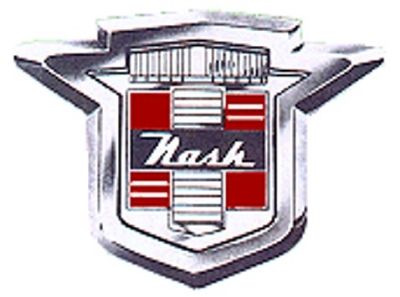
In 1890, Charles Nash, a former farm hand and shepherd, went to work for William C. Durant at the Durant-Dort Carriage Company. He became intrigued with the potential of automobiles after driving an electric automobile in 1897. Together with David Buick and William Durant, he helped co-found the Buick Motor Company and in 1908 became president and general manager of the company.
In 1908, General Motors (GM) was founded by William Durant and Charles Steward Mott as a holding company for Buick. GM expanded by acquiring Oldsmobile, Cadillac, and the Reliance Motor Truck Company. By 1910, GM was debt-ridden and suffering losses when Charles Nash took over as general manager. Nash turned the company around and by 1914, GM showed profits of more than $12 million. Nash, however, was reluctant to pay dividends to shareholders and in 1915 was voted out of his job.
In 1916, Nash bought the Jeffery Motor Company and changed its name to Nash Motors. In 1917, the Nash Model 671 became the first Nash automobile. Nash brought with him Nils Eric Wahlberg, the former GM chief engineer, who designed an engine with overhead valves for the new car.
One of the important products for the new Nash Motors was the four-wheel drive Quad truck which had been originally introduced by Jeffery. With a reputation of being the best four-wheel drive truck in the country, the Quad made Nash the largest producer of four-wheel drives. During World War I Nash was the leading producer of military trucks.
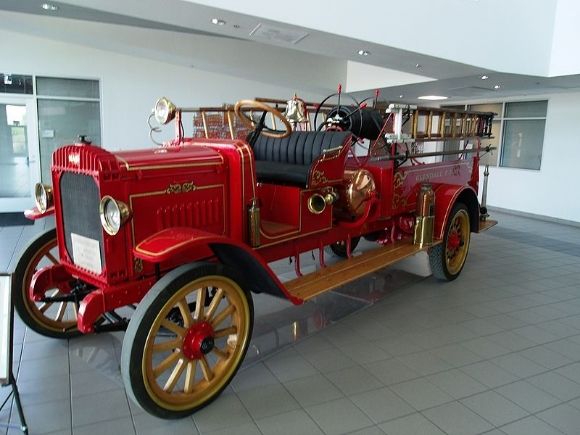
Shown above is a 1917 Nash Fire Truck.
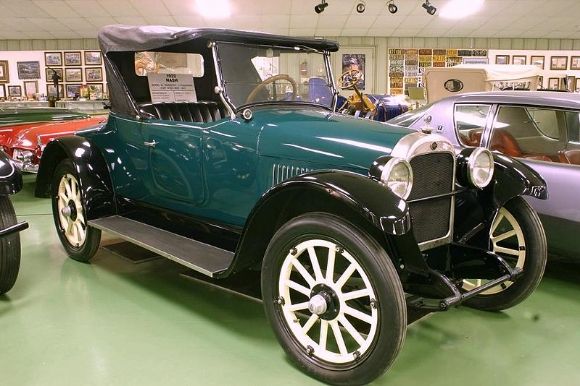
Shown above is a 1922 Nash.
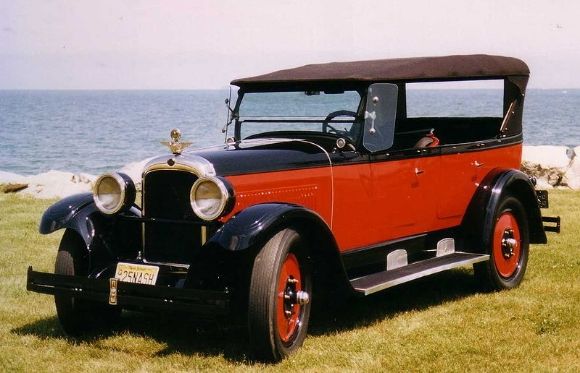
Shown above is a 1925 Nash.
In 1925, Nash brought out an entry-level automobile called Ajax. While it had exceptional quality for its price, its sales were disappointing. In 1926, feeling that the car would sell better under the Nash name, the Ajax became the Nash Light Six. Sales improved and Nash offered all Ajax owners a free kit that included new hubcaps, radiator badge, and all of the parts necessary to change the identity of the Ajax to a Nash Light Six. Most Ajax owners took advantage of this free offer.
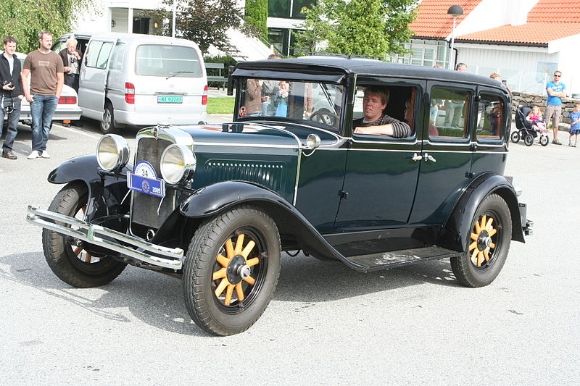
Shown above is a 1929 Nash 400.
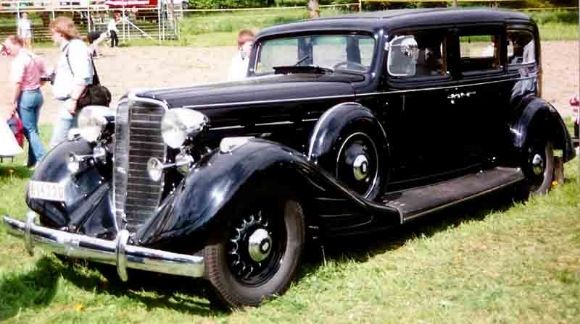
Shown above is a 1934 Nash 4-door Sedan.
In 1936, Charles Nash retired. His hand-picked successor, recommended by Walter Chrysler, was George W. Mason, the head of Kelvinator Corporation. In taking the job, Mason insisted that Nash acquire the controlling interest in Kelvinator which was the leading manufacturer of high-end refrigerators and kitchen appliances. In 1937, the company became Nash-Kelvinator Corporation.
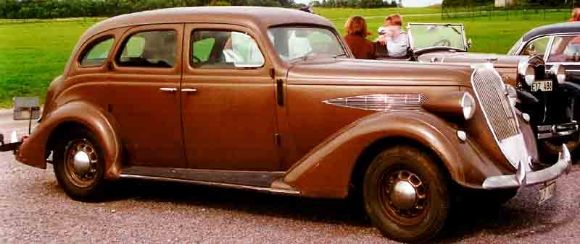
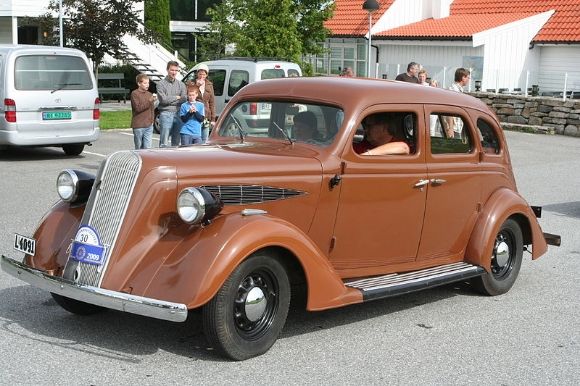
Shown above is a 1936 Nash 400 DeLuxe.
As a result of the expertise provided by Kelvinator, Nash introduced an optional air conditioning and heating system in their 1938 automobiles. In 1939, a thermostat was added to this system.
Another interesting Nash innovation was the “Bed-in-a-Car” feature, introduced in 1936, which allowed the interior of the car to be converted into a sleeping compartment. With the rear seatback hinged up there was an opening between the passenger compartment and the trunk which meant that two adults could sleep in the car. In 1949, Nash had fully reclining front seat backs which created a sleeping area within the passenger compartment. By 1950, these reclining seats could lock in several intermediate positions, a feature which Nash marketed as “Airliner Reclining Seats.”
In 1941, Nash brought out the Nash 600, the first mass-produced unibody construction automobile in the United States. Its light weight and its lower air drag resulted in excellent fuel economy. According to some sources, the “600” designation came from the idea that the car could travel 600 miles on 20 gallons of gas (30 miles per gallon).
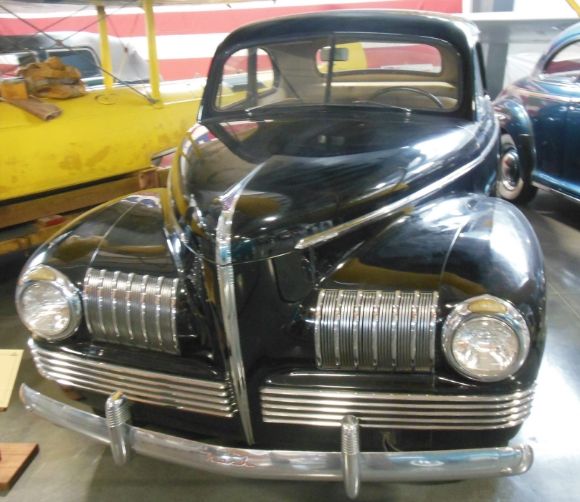
Shown above is the 1941 Nash Model 4145 Business Coupe on display at the Western Antique Aeroplane and Automobile Museum in Hood River, Oregon.
Following World War II, the first Nash models were similar to the pre-war models. In 1946, Nash brought out the Suburban which used wood framing and panels on the body. The most radical post-war Nash was the Airflyte which was introduced in 1949. The car’s aerodynamic shape was developed in a wind tunnel using Nils Wahlberg’s theories about reducing drag with a smooth shape and enclosed front fenders. The enclosed front fenders meant that the Nash had a larger turning radius than most cars. The Airflyte also had a one-piece curved safety glass windshield.
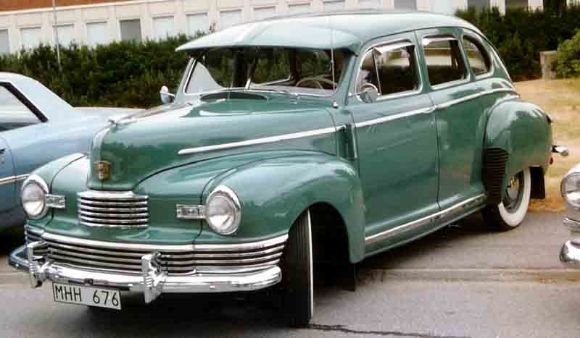
Shown above is a 1946 Nash 4-door sedan.
In 1950, Nash featured a wider rear window, an optional GM Hydramatic automatic transmission, and seat belts (this was the first American automobile with seatbelts).
George Mason, the Nash-Kelvinator president, felt that Nash could reach a larger market by building small cars and so the company developed its first compact, the Nash Rambler, in 1950. In 1954, Nash also introduced the small Metropolitan built by Austin in Britain.

Shown above is a 1950 Nash.
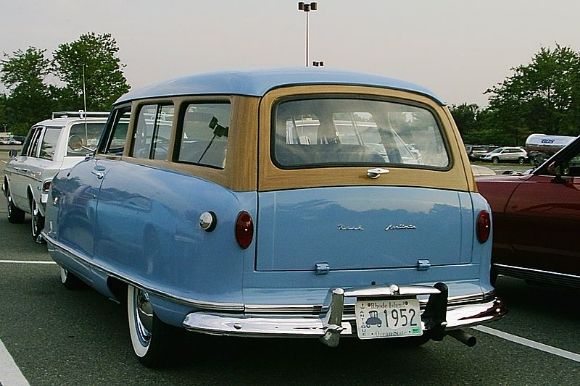
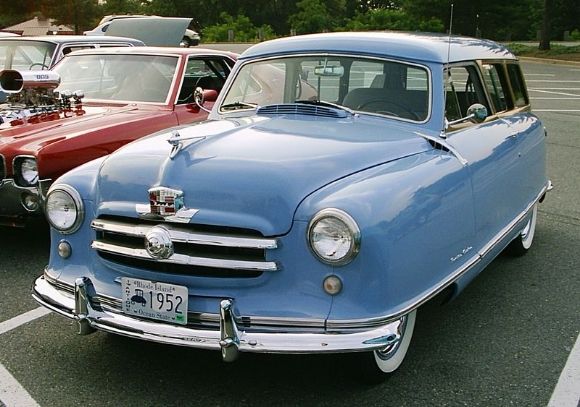
Shown above is a 1952 Nash Rambler.
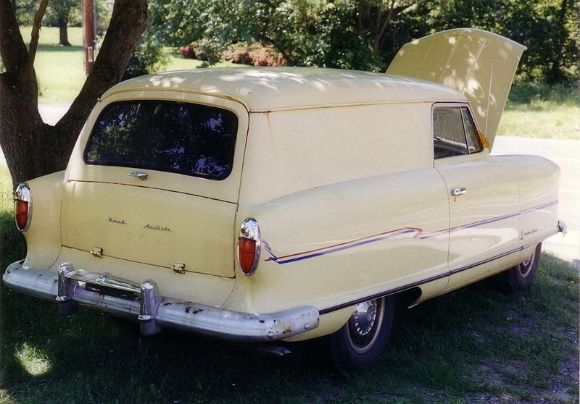
Shown above is a 1953 Nash Rambler Delivery Wagon.
Thanks to its affiliation with Kelvinator, in 1954 Nash introduced a single-unit heating and air-conditioning system. This was a compact, affordable system with controls on the dash. Unlike other automotive air-conditioners at this time, the unit was entirely incorporated within the engine bay. Both heating and cooling entered the passenger compartment though dash-mounted vents.
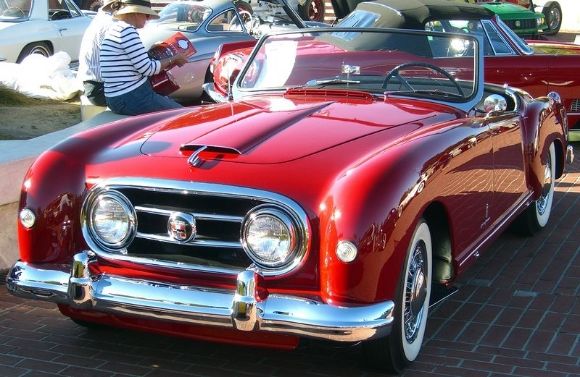
Shown above is a 1952 Nash-Healey. The Nash-Healey, generally described as an Anglo-American sports car, was introduced in 1951 as a collaborative effort with British sports car manufacturer Donald Healey. Nash provided the powertrain and Healey assembled the cars which were then shipped to the U.S. In 1952, the body was restyled by Italian designer Battista Farina. Only 506 Nash-Healeys were produced. Production stopped in 1954.
In 1954 Nash acquired the Hudson Motor Car Company in a friendly merger and American Motors Company was created. Shortly after the merger, George Mason died and George Romney assumed leadership. The Nash and Hudson nameplates were phased out by the end of the 1957 model year.


